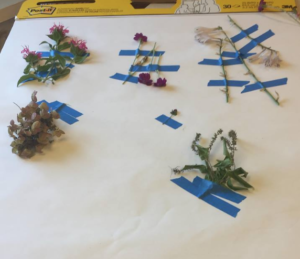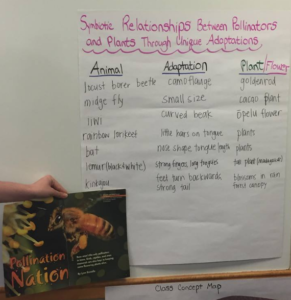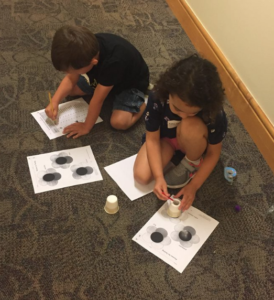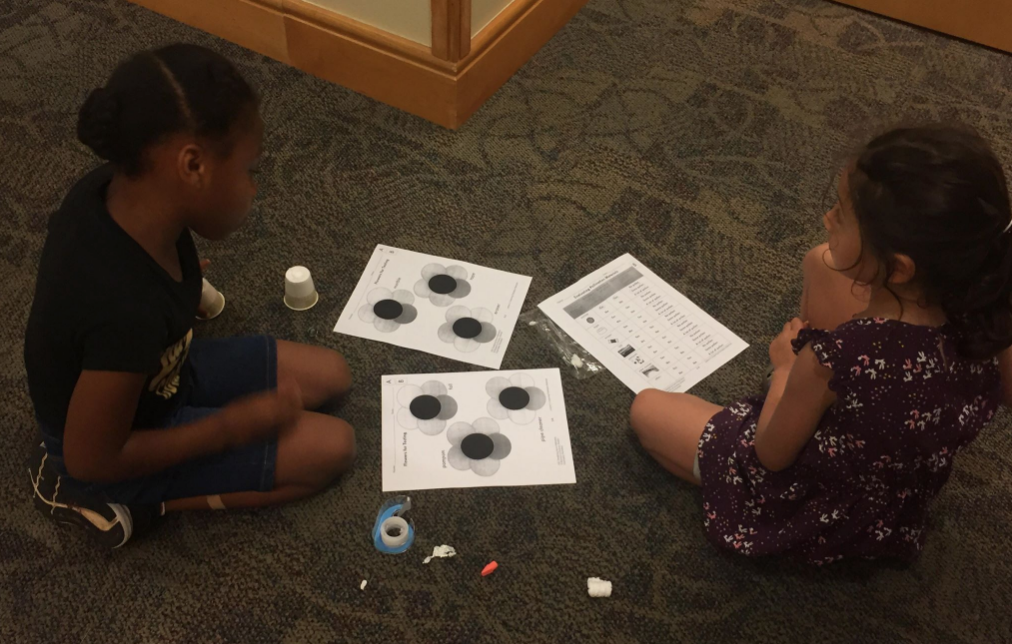Summer SAVY 2018: Session 3, Day 3 – Engineering Solutions (Rising 1st)
What new item can you create from a toothbrush that solves a problem? Well, you could scrub floors, paint walls, brush a squirrel’s hair if it got tangles, remove the top and use it as a hammer, or you could also create a hand pollinator! These are just a few of the great new ideas our engineers came up with to improve the toothbrush. After we got our creative brains opened up, we looked at how pollinators are not just bees! It you do not already have a subscription to National Geographic Explorer Magazine, I would like to whole heartedly suggest that you consider it as something your child will be wild about receiving in the mail! We read an article from National Geographic Explorer entitled: Pollination Nation. As we read about other pollinators and the plants that need them as much as the pollinators need the plants, (symbiotic relationships), we started a chart to capture information about these animal pollinators, their unique adaptations that allow them to enjoy plant nectar and pollinate, as well as the specific plant or flower that depends each specific animal. Students were amazed at the variety of animal pollinators in the world such as lemurs, bats, iiwi bird, rainbow lorikeet, kinkajou and more!
Naturally, we then had a lively discussion about how the pollination system is much more complex and important than we thought! A great discussion for dinner tonight would be to discuss the implications and consequences of pollinators becoming endangered and extinct as well as the plants and flowers that pollinators depend on for food. Additionally, you could ask your child how humans could be affected and to what extent are human interactions harming this delicate natural pollination system. We began thinking about our hand pollinator designs and so students were divided into partners and were given a bag of materials to evaluate to determine which materials and their properties would make a hand pollinator that would pick up and drop off the most pollen. Items they evaluated were pipe cleaner, marble, pom pom, foam, tape, eraser and aluminum. Students presented their ideas as we identified the properties of each of the materials (this was a new challenge to learn about properties and what they are) and we discussed which were the most important properties they predicted would need to be present to create a hand pollinator that would drop off the most pollen.
Of course we had to test our predictions! Students worked with their partners to test which of the materials would drop off the most pollen when tested with a model (paper cup, turned over with baking soda on the top to represent pollen), and another paper cup with the circle cut in the bottom (to represent the flower and where the pollen would need to be dropped). Students also had 2-D models of flowers to test the material drop-off and record results. We tested twice because scientists always test more than once. Our results were shared as a whole group and students noted the top materials that dropped off the most pollen and the ones that dropped off the least amount.
Tonight, students will decide which items they are going to use to build their hand pollinator models tomorrow! I can wait to see the creative energy that will enter the classroom tomorrow! Our guest beekeeper comes tomorrow as well! Another great day is coming up tomorrow!
Sincerely,
Ms. Tyson
Today’s Pollination Charts




